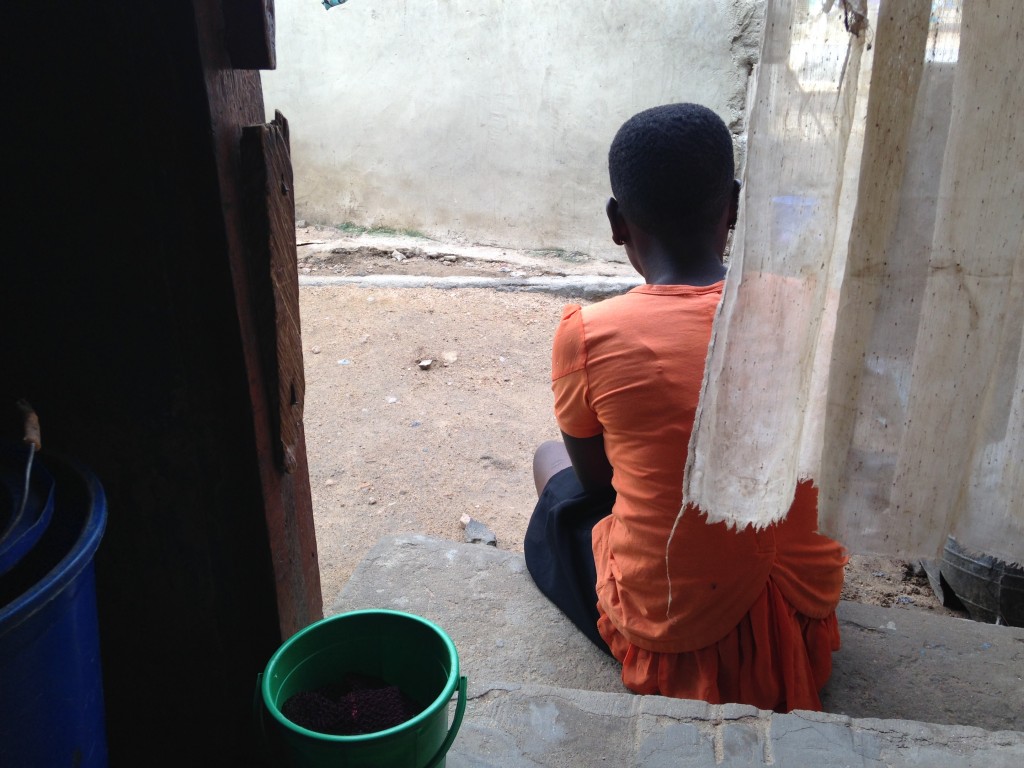Challenging Heights position on the National Plan of Action for the Elimination of the Worst Forms of Child Labour in Ghana
For Immediate Release – The Overall goal of the NPA is stated as: “The main objective of this National Plan of Action (Framework) is to reduce the worst forms of child labour to the barest minimum by 2015, while laying strong social, policy and institutional foundations for the elimination and prevention of all other forms of child labour in the longer term.”
The NPA cites the 2003 Ghana Child Labour Survey, which estimated that out of 6.36 million children (5-17 year olds)
- 2.47 million children economically active (38.8%);
- 1.27 million in child labour (20.0%);
The GCLS 2003 did not measure worst forms of child labour.
The GLSS6 indicates that by 2014 this has risen to:
- 1.9 million children in child labour (21.8%);
- 1.2 million children in hazardous labour (14.2%); out of 8.70 million children.
Thus the Government of Ghana’s own figures indicate that the core aim of the NPA has not been met.
Even if we assume that before 2010 up to 95% of all forms of child labour were hazardous child labour then a change from 19% (0.95×20%) to 14.2% represents a reduction of only 25% i.e. the target to eliminate the worst forms of child labour has been missed by 75%.
In practice, the proportion of all child labour that was hazardous at the start of the NPA is likely to be much lower. In 2014 hazardous labour formed 63% of all child labour.
Given that WFCL were not measured prior to the NPA the best direct comparison is of the figures for all forms of child labour:
- The total number of children in Ghana in child labour has increased (the change from 1.27m to 1.9m represents a 49% rise);
- The proportion of Ghanaian children in child labour has increased (the change from 20.0% to 21.8% is equivalent to 9% inflation).
We believe the reason the NPA has not delivered its core goal is because key objectives set out in it have not meet met. These include (but are not limited to):
- Establishment of children’s panels in all districts (Issue 1.1.2, p16)
- Revision of the Labour act (1.1.3, p19)
- Regulation and protection of children in domestic service (Issue 1.1.2, p17)
- Provision for victims of domestic servitude, kayaye and CSEC (Issues 5.1.5, p56) Government shelters remain unfunded and in inadequate condition with provision coming from CSOs (2015 TIP Report)
- Training of law enforcement officers (Issue 1.2.1, p23), with the US state department and INGOs taking on the task in 2016.
- -No coordination of anti trafficking cases (Issue 4.1.1, p44) e.g. Central Region there is no function AHTU office despite being a source of victims: we rely on DOVVSU who are not mandated or trained.
- Lack of prosecutions (Issue 4.1.3, p46) the 2015 TIP Report identifies a decrease in Government efforts; our own experience is that prosecutions have only been achieved by CSO pursuing cases and funding law enforcement agencies.
- The legal instruments for the 2005 Human Trafficking have still not been enacted by Parliament;
- The Human Trafficking Fund is unfunded for the fourth consecutive year (2015 TIP Report);
- Many children not in school (Issue 3.1.1, p29): we know from our research into LEAP that economic support for the very poor is necessary to achieve this
- Capitation grant does not cover all schools or all basic needs (Issue 3.1.2, p31): we continue to document grants not being paid on time.
Challenging Heights has continued to highlighted these issues so that they can be addressed, in the hope that changes would occur in the lifetime of the NPA. Specifically:
- Challenging Heights has called for Ghana to ratify ILO Domestic Workers Convention No.189.
- Challenging Heights has advocated for the expansion of LEAP provision both in substance and reach.
- CH has campaigned for the timely release of capitation grants before the start of every school term.
